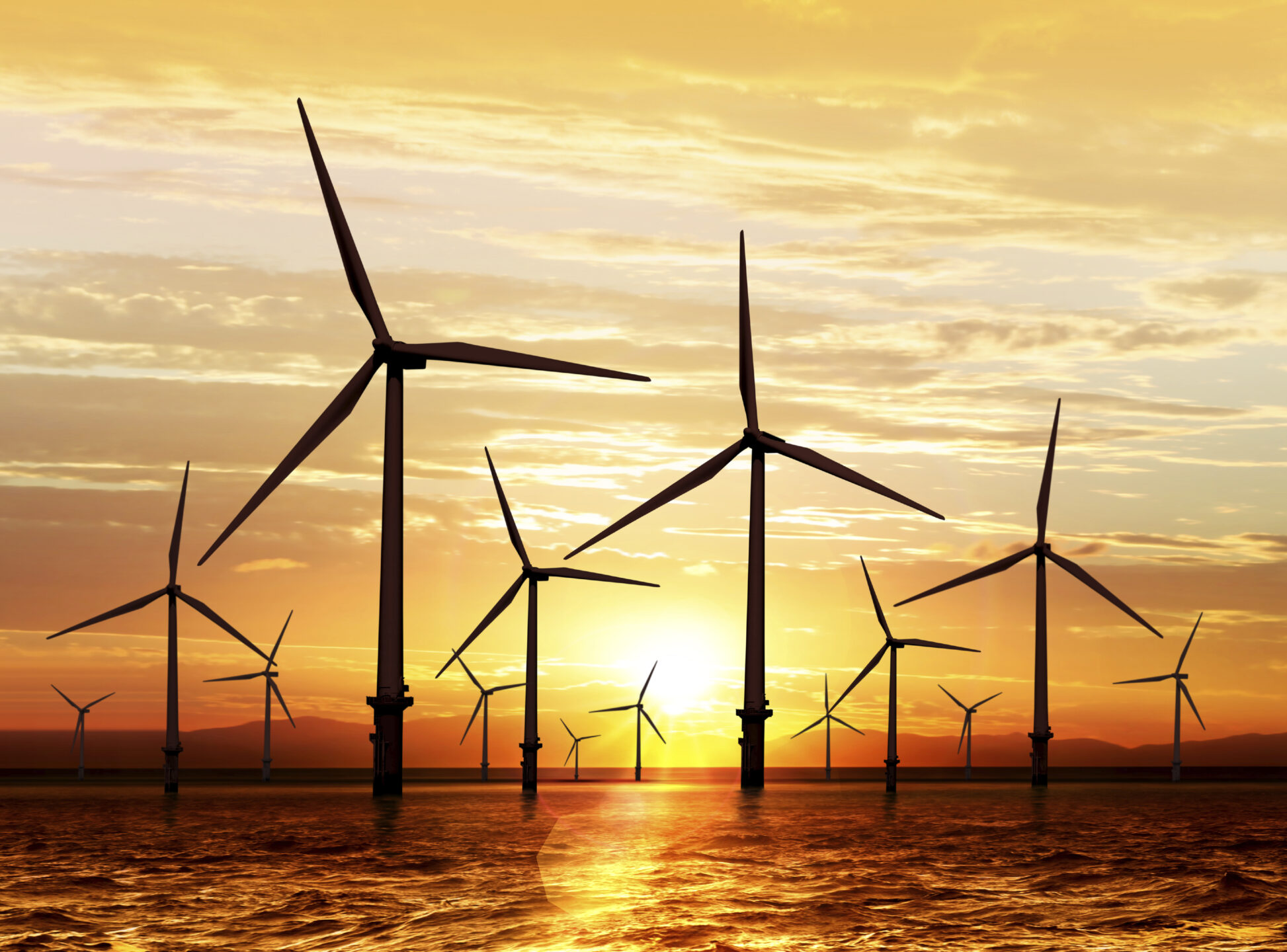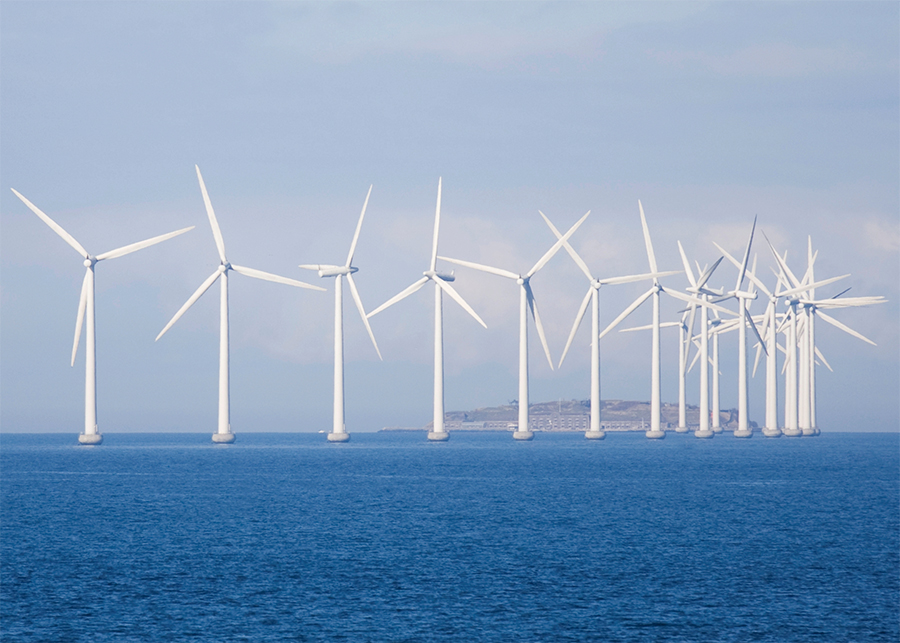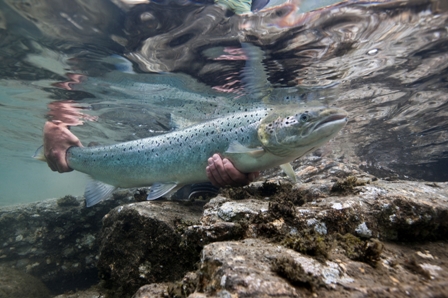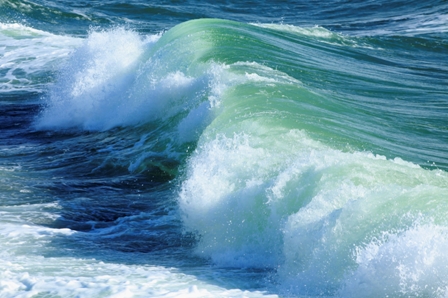
In its simplest form, this encompasses energy from a number of different resources, all of which are found in the Marine Environment. These resources are often termed ‘Marine Renewables’ and can be divided into 6 major classes:
• Offshore Wind
• Tidal
• Ocean Currents
• Waves
• Ocean Thermal Energy
• Salinity Gradient Power
The technological level of development of these resources varies significantly; at one extreme, offshore wind is highly advanced with more than 2GW installed worldwide, while at the other, there is yet to be an ocean current device of any scale deployed. Nevertheless, each of these resources has significant potential if the technological hurdles preventing its economical capture can be overcome.
A term commonly used in the US when referring to ocean energy generation is ‘Marine HydroKinetics’ (MHK). This is a sub-class of marine energy extraction devices that harness energy through the direct movement of the water. Technically, MHK refers to the extraction method rather than the resource, as there are tidal devices that generate directly from the potential energy in tidal water level changes. However, for all intents and purposes, MHK describes Tidal, Wave and Ocean Current generation.
 Advantages and Resource Potential of Marine Renewables
Advantages and Resource Potential of Marine Renewables
The marine environment covers more than two-thirds of the earth’s surface and encompasses an abundance of energy. This abundance alone has provided clear motivation for developers to seek ways of capturing this power and they have found that this is a far from a straightforward process. Each resource has particular distinctions; however, it is clear that designing devices and infrastructure to operate in an inherently energetic marine environment is challenging.
Although technically challenging, the advantages to marine energy are numerous and can include additional resource, project scale, visibility, land use, proximity to transmission and increased predictability amongst others.
Studies have shown that the level of the marine renewable resources in the US is significant, with combined resources and existing technology able to provide nearly 6000TWh. To put this in perspective, the total annual US electricity demand is approximately 4000TWh. These are impressive numbers; however, it is much more important to appreciate that the magnitude of the resource becomes irrelevant if the cost of generation is too high. At present, the cost of power from marine renewables is only marginally competitive with conventional carbon-based generation. Incentives for CO2 free generation are required to enable these types of projects to initially enter the market, allowing for the development of technology and ultimate reduction in the cost of energy.
Marine Environmental Study Design & Management

Marine renewable and hydrokinetic projects are closely regulated and monitored by resource and environmental agencies. MHK projects can undergo considerable scrutiny because there is little direct published information at present available regarding the effects of these technologies on fish and other aquatic life. Significant data collection efforts are underway, but it is important to clearly understand the concerns of the agencies in these cases so that directed, effective studies can be planned to keep costs at a minimum.
Kleinschmidt’s team of scientists and biologists has extensive experience with freshwater and saltwater fish and aquatic species. Our staff is experienced in dealing with rare, threatened and endangered (RTE) species and has experience compiling NEPA environmental assessments (EA) and environmental impact statements (EIS) as well as performing Essential Fish Habitat (EFH) assessments. In particular, our staff includes national experts with anadromous fish such as Atlantic and Pacific Salmon species as well as Sturgeon, which can often be a stumbling block in tidal or in-stream projects.
 In addition to fish studies, our terrestrial and wetland scientists and biologists are often deployed for shore-side tasks such as wetland delineation or coastal habitat assessment which can be small but important components of the environmental studies for landside cable landings or substation construction.
In addition to fish studies, our terrestrial and wetland scientists and biologists are often deployed for shore-side tasks such as wetland delineation or coastal habitat assessment which can be small but important components of the environmental studies for landside cable landings or substation construction.
Furthermore, understanding recreational and stakeholder use in the project area is also a critical project component. Kleinschmidt is able to work with marine renewable developers to engage with stakeholders and develop mitigation plans or education strategies.



